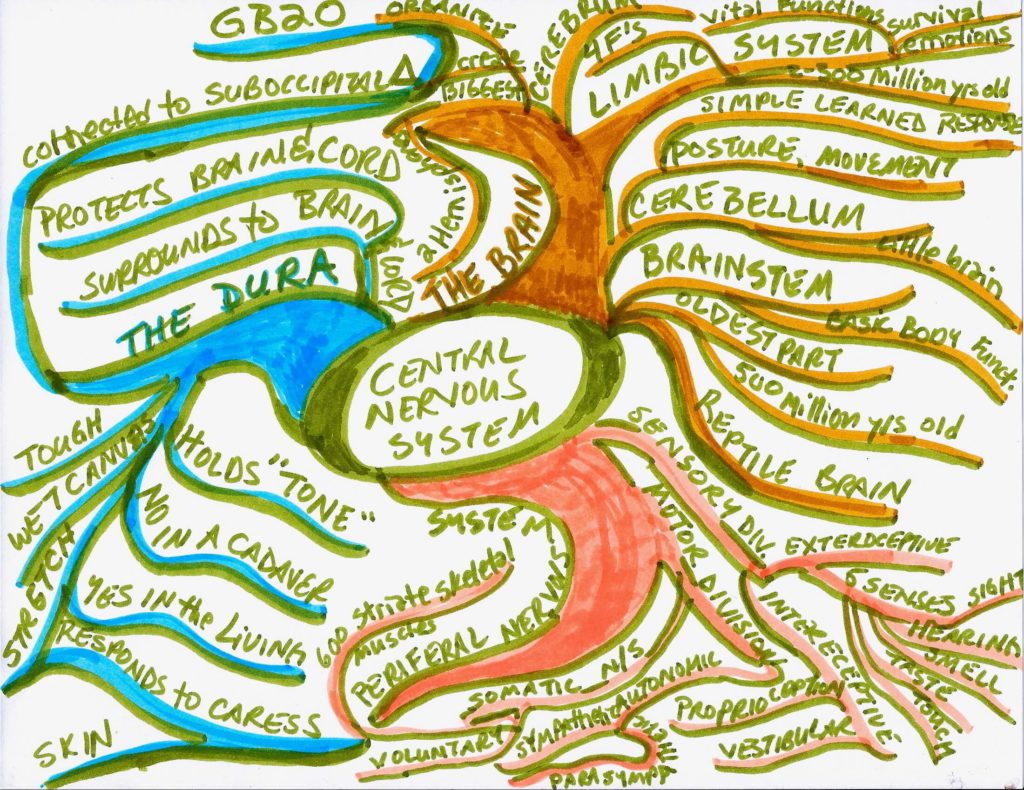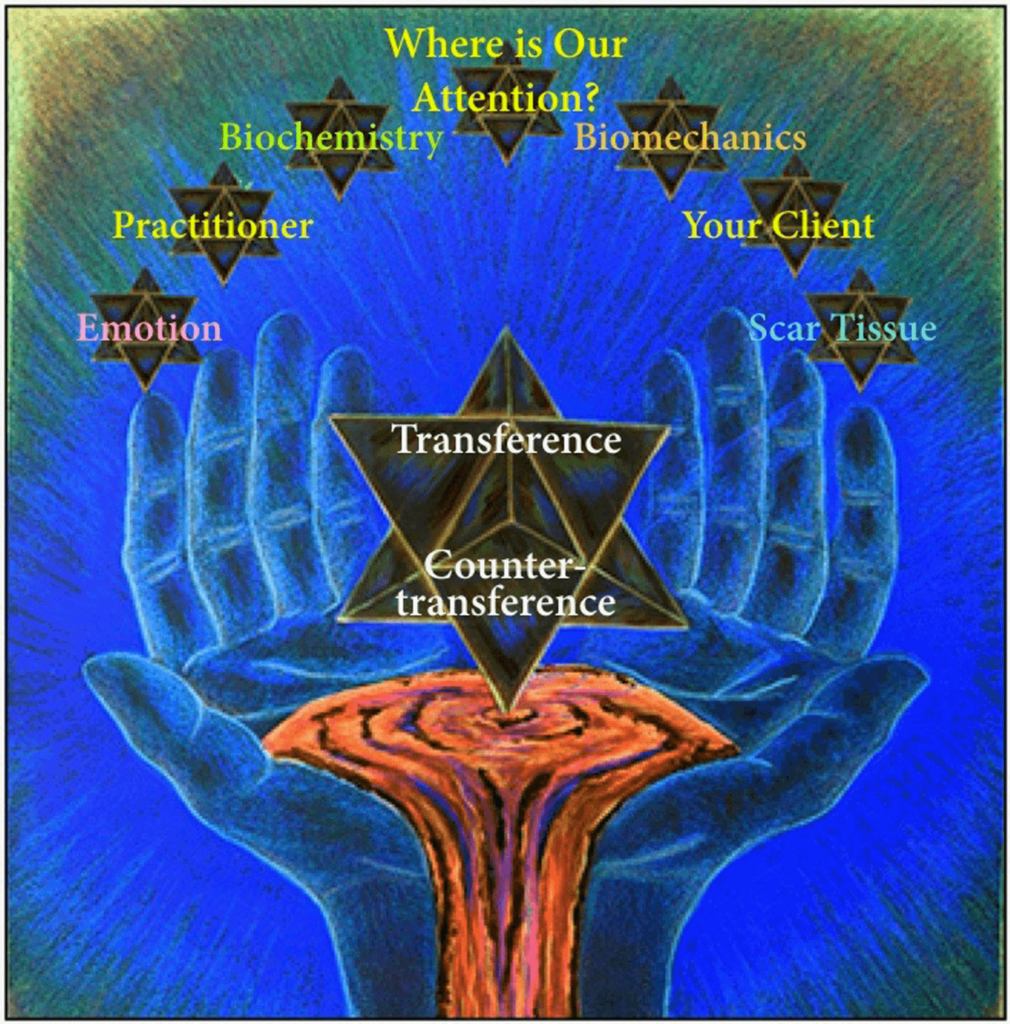Breath allows us to SEE how which branch of our nervous system dominates our experience, for better or worse. When things swing out of balance, the use of breath can offer sensations to make a correction. How did we accumulate this much stress anyway? Present circumstances aside, as a culture, we do everything to train young people to quiet their bodies and suppress their boisterousness, along with their breath. We're told to sit still in school. Not to wiggle, not to squirm. To suppress our urges to pee, ignore our need for a snack, and not scratch that itch. As a consequence, we've learned to ignore our bodies. Including our breath.
Tag Archives: sensation
Goat milk and tequila. My sister's invitation is to get up at the crack of dawn and meet her at the northern end of the San Fernando Valley. From there she will guide me to an undisclosed location to drink goat milk fresh from the tit, mixed with tequila and chocolate. I bring the chocolate; she'll bring cups & tequila.
I'm up at first light, grating piloncillo (raw sugar) into a baggie. To it, I add unsweetened dutched cacao powder - fruity, bitter, delicious. This chocolate is from a remote finca in Tabasco, a southeastern Mexican state bordering Guatemala. Fit for any Mayan gods who may yet reside there.
Embodied autonomy means ownership of your own body, the very one that entered this world at birth. Embodied autonomy means a more mindful occupation of your own skin - on a sovereign, consistent, and pleasing basis. It’s a sensation that leads to a coherent connection to your own intuitive, fundamental knowing. It comes from your bones. It’s a kind of confidence - that you know what you know – when you trust yourself to interpret your body’s signals.
All these systems add up to the totality of us, and our body is one nation, ruled by the quality of our blood. Every one of our cells is bathed in it. It’s basically a question of plumbing – when fluid flow is plugged at either end, cells suffer, and health suffers.
We have a map of our body stored in our brain. It’s a map that binds our emotional landscape to our physical real estate, a map of our psycho-proprioceptive self. The body and mind are in constant reciprocity – they communicate back and forth to maintain muscle mass, postural alignment, and appropriate responses to our environment. Embodied autonomy depends on open lines of communication between our brain and the muscles, organs, glands, nerves, bones, and connective tissue that make up the rest of us. Forgotten or suppressed emotions sink deep; they can shut down the link between our body and its mental map.
Biomechanical stress results from competing strategies to oppose gravity’s pull on our body. If we give in to gravity’s temptation by curling forward, to stay upright we then must compensate by arching our spine backward. This drama plays out along the whole length of the spine – weaving into muscles, connective tissue, and nerves, and distorting our spinal alignment over time. Proper biomechanics means having sufficient flexibility to be comfortable with the movement of weight through our bones. Graceful posture and ease of alignment result from a finely tuned balance between strength, flexibility, and weight distribution.
Scars are a fact of life lived in the body. Healthy scars close wounds, and that’s the end of it. But some scars don’t stop there; they spread three-dimensional web-like structures, emerging from a wound site or surgical incision. These are pathological scars and can form fibrotic shells around muscles and organs, creating rough, raised tissue that tightens over time as it spreads away from original sites of tissue trauma. The effects of scars can go much further – their pull can be felt at quite a distance from old injuries or surgeries. Scars are often at the root of postural distortions.
The surprising truth is that without proper preparation, bodywork is simply not right for everyone right away. There’s often quite a bit of body-based housekeeping to take care of before bodywork becomes an appropriate vehicle to take us where we want to go. Each person has their own particular chores to complete to improve their personal balance of four variables; this is their health equation to solve before bodywork is a viable tool to fulfill any promise of pain relief or personal potentiation.
Accurate proprioception (knowing where you are in space) is a use-it-or-lose-it proposition. Due to scar tissue and inflammatory factors, essential functions of pelvic floor organs and genital tissues can be affected. Scar tissue causes thickening of the extracellular matrix or ECM (the goop between your cells), which reduces blood flow, neural messaging, and sensory integration, eventually interfering with your pelvic proprioceptive literacy. This is a kind of dissociation, an inability to feel parts of your body. The mental representation of pelvic floor muscles, encoded in the sensory motor cortex of the brain, goes dark.
In my professional practice as a health consultant, scar tissue remediator, bodyworker, and teacher, I am increasingly aware of the way transference and countertransference play out across a psychological spectrum. This is an effort to identify that spectrum, so we, as somatic professionals, can successfully offer more dynamic and productive sessions. A picture is worth a thousand words. The image above has meaning to me because many of us have our attention out - in our hands - when we work with clients. Where do we hold our internal awareness?










